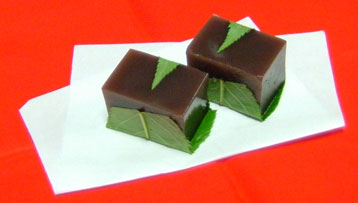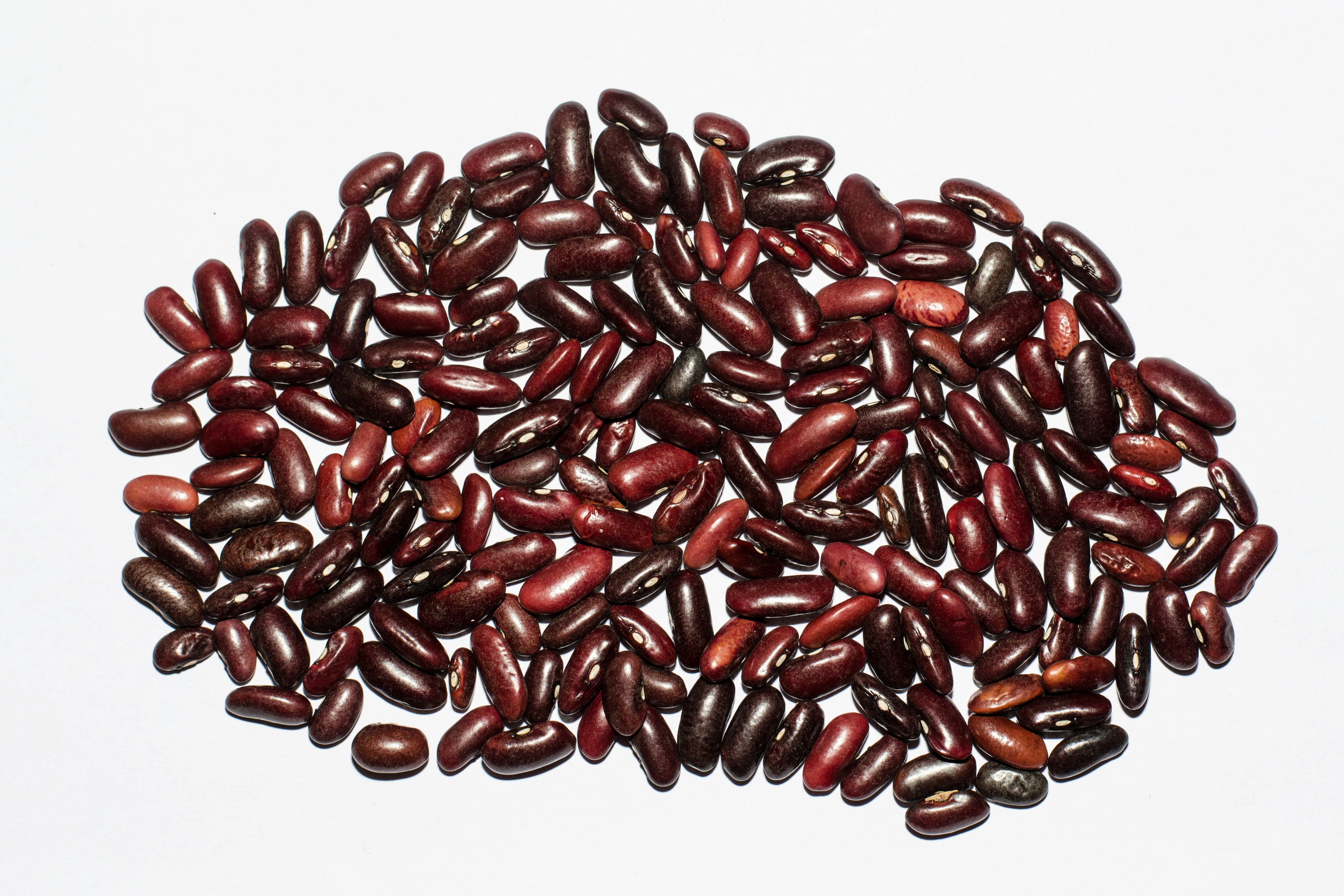|
Red Bean
Red bean is a common name for several plants and may refer to: * Adzuki bean (''Vigna angularis''), commonly used in Japanese, Korean, and Chinese cuisine, particularly as red bean paste * Kidney bean, red variety of ''Phaseolus vulgaris'', commonly used in Indian and North American cuisine, such as ''chili con carne''. * ''Vigna umbellata'', a species of legume whose seeds are red * '' Dysoxylum rufum'', a rainforest tree in the Mahogany family * ''Dysoxylum mollissimum subsp. molle ''Dysoxylum mollissimum'' subsp. ''molle'', the red bean or Miva mahogany, is a rainforest tree in the family Meliaceae. It occurs in tropical, sub-tropical and littoral rainforests in eastern Australia, as far southwards as north-eastern New ...'', a rainforest tree See also * ''Red Beans'' (album), a 1976 album by Jimmy McGrif * {{Plant common name ... [...More Info...] [...Related Items...] OR: [Wikipedia] [Google] [Baidu] |
Adzuki Bean
''Vigna angularis'', also known as the adzuki bean , azuki bean, aduki bean, red bean, or red mung bean, is an Annual plant, annual vine widely cultivated throughout East Asia for its small (approximately long) bean. The cultivars most familiar in East Asia have a uniform red color, but there are also white, Black adzuki bean, black, gray, and variously mottled varieties. Scientists presume ''Vigna angularis'' var. ''nipponensis'' is the progenitor. Origin and diversity Speciation and domestication The wild ancestor of cultivated adzuki bean is probably ''Vigna angularis'' var. ''nipponensis'', which is distributed across Japan, Korea, China, Nepal and Bhutan. Speciation between ''Vigna angularis'' var. ''nipponensis'' and ''Vigna angularis'' var. ''angularis'' occurred around years ago. Archaeologists estimate it was domesticated around 3000 BC. However, adzuki beans (as well as soybeans) dating from 3000 BC to 2000 BC are indicated to still be largely within the wild si ... [...More Info...] [...Related Items...] OR: [Wikipedia] [Google] [Baidu] |
Red Bean Paste
Red bean paste () or red bean jam, also called adzuki bean paste or ''anko'' (a Japanese word), is a paste made of red beans (also called "adzuki beans"), used in East Asian cuisine. The paste is prepared by boiling the beans, then mashing or grinding them. At this stage, the paste can be sweetened or left as it is. The color of the paste is usually dark red, which comes from the husk of the beans. In Korean cuisine, the adzuki beans (often the black variety) can also be husked prior to cooking, resulting in a white paste. It is also possible to remove the husk by sieving after cooking, but before sweetening, resulting in a red paste that is smoother and more homogeneous. Etymology In Japanese, a number of names are used to refer to red bean paste; these include , and . Strictly speaking, the term ''an'' can refer to almost any sweet, edible, mashed paste, although without qualifiers red beans are assumed, while refers specifically to the paste made with red beans. Other ... [...More Info...] [...Related Items...] OR: [Wikipedia] [Google] [Baidu] |
Kidney Bean
The kidney bean is a variety of the common bean (''Phaseolus vulgaris''). It resembles a human kidney and thus is named after such. Red kidney beans should not be confused with other red beans, such as adzuki beans. Classification There are different classifications of kidney beans, such as: *Red kidney bean (also known as: common kidney bean, rajma in India, surkh (red) lobia in Pakistan). *Light speckled kidney bean (and long shape light speckled kidney bean). *Red speckled kidney bean (and long shape light speckled kidney bean). *White kidney bean (also known as cannellini in Italy, lobia in India, or safaid (white) lobia in Pakistan). Nutrition Kidney beans, cooked by boiling, are 67% water, 23% carbohydrates, 9% protein, and contain negligible fat (table). In a 100-gram reference amount, cooked kidney beans provide of food energy, and are a rich source (20% or more of the Daily Value, DV) of protein, folate (33% DV), iron (22% DV), and phosphorus (20% DV), with moderate ... [...More Info...] [...Related Items...] OR: [Wikipedia] [Google] [Baidu] |
Phaseolus Vulgaris
''Phaseolus vulgaris'', the common bean, is a herbaceous annual plant grown worldwide for its edible dry seeds or green, unripe pods. Its leaf is also occasionally used as a vegetable and the straw as fodder. Its botanical classification, along with other '' Phaseolus'' species, is as a member of the legume family Fabaceae. Like most members of this family, common beans acquire the nitrogen they require through an association with rhizobia, which are nitrogen-fixing bacteria. The common bean has a long history of cultivation. All wild members of the species have a climbing habit, but many cultivars are classified either as ''bush beans'' or ''climbing beans'', depending on their style of growth. Best-known cultivar groups include the kidney bean, the navy bean, the pinto bean, and the wax bean. The other major types of commercially grown beans are the runner bean (''Phaseolus coccineus'') and the broad bean (''Vicia faba''). Beans are grown on every continent except Antarcti ... [...More Info...] [...Related Items...] OR: [Wikipedia] [Google] [Baidu] |
Vigna Umbellata
''Vigna umbellata'', previously ''Phaseolus calcaratus'', is a warm-season annual vine legume with yellow flowers and small edible beans. It is commonly called ricebean or rice bean. To date, it is little known, little researched and little exploited. It is regarded as a minor food and fodder crop and is often grown as intercrop or mixed crop with maize (''Zea mays''), sorghum (''Sorghum bicolor'') or cowpea (''V. unguiculata''), as well as a sole crop in the uplands, on a very limited area. Like the other Asiatic ''Vigna'' species, ricebean is a fairly short-lived warm-season annual. Grown mainly as a dried pulse, it is also important as a fodder, a green manure and a vegetable. Ricebean is most widely grown as an intercrop, particularly of maize, throughout Indo-China and extending into southern China, India, Nepal and Bangladesh. In the past it was widely grown as lowland crop on residual soil water after the harvest of long-season rice, but it has been displaced to a great ext ... [...More Info...] [...Related Items...] OR: [Wikipedia] [Google] [Baidu] |
Dysoxylum Rufum
''Dysoxylum rufum'' is a rainforest tree in the family Meliaceae, found in eastern Australia. It occurs on a variety of different soils and rainforest types. From as far south as Bulahdelah, New South Wales to the McIlwraith Range in far north eastern Australia. The specific epithet ''rufum'' refers to the rusty red of the leaf, fruit and flower hairs of this species. Common names ''Dysoxylum rufum'' is known variously by the common names Australian mahogany, bastard pencil cedar, false rosewood, hairy rosewood, rusty mahogany, red bean, red heart, and rusty bean. Description Usually a small to medium-sized tree. Though it reaches 40 metres tall with a stem diameter of 90 cm at Murray Scrub. Leaves Leaflets are nearly opposite on the stem, without serrations. Asymmetrical at the leaf base. Leaflets 5 to 17 cm long. Lanceolate to broad lanceolate in shape with a fine point at the leaf tip. Unusually, the leaflets are a dull green above the leaf, and a brighter green be ... [...More Info...] [...Related Items...] OR: [Wikipedia] [Google] [Baidu] |
Dysoxylum Mollissimum Subsp
''Dysoxylum'' is a flowering plant genus of trees and shrubs from the mahogany family, Meliaceae. Botanical science has recorded about eighty species in this genus, growing widely across the regions of Malesia, the western Pacific ocean, Australia and south & southeastern Asia; centred on the tropics between the Pacific and Indian Oceans. They grow naturally in New Guinea, eastern and northern Australia, New Caledonia, Fiji, SE Asia, southern China, the Indian subcontinent, the Philippines, Taiwan, and in the western Pacific Ocean their most easterly occurrences, in the Caroline Islands, New Zealand and Niue. The etymology of its name ''Dysoxylum'' derives from the Greek word ‘''Dys''’ meaning "bad" referring to "ill-smelling" and ‘''Xylon''’ meaning "wood". Distribution New Guinea has records of twenty eight species growing naturally, sixteen of them endemic. New Caledonia has recorded nine, eight of them endemic. Fiji has recorded nine, seven of them endemic. In no ... [...More Info...] [...Related Items...] OR: [Wikipedia] [Google] [Baidu] |



.jpg)

